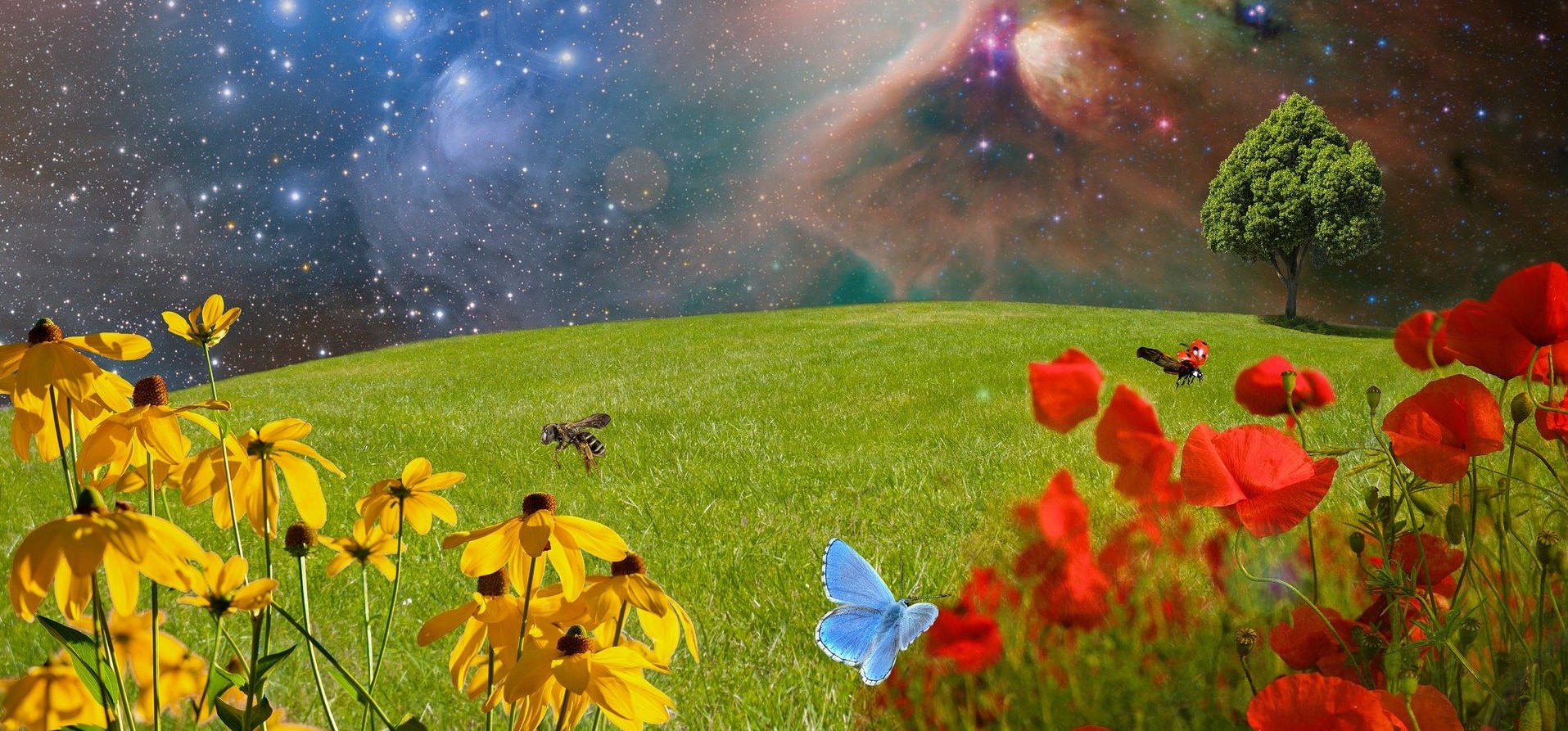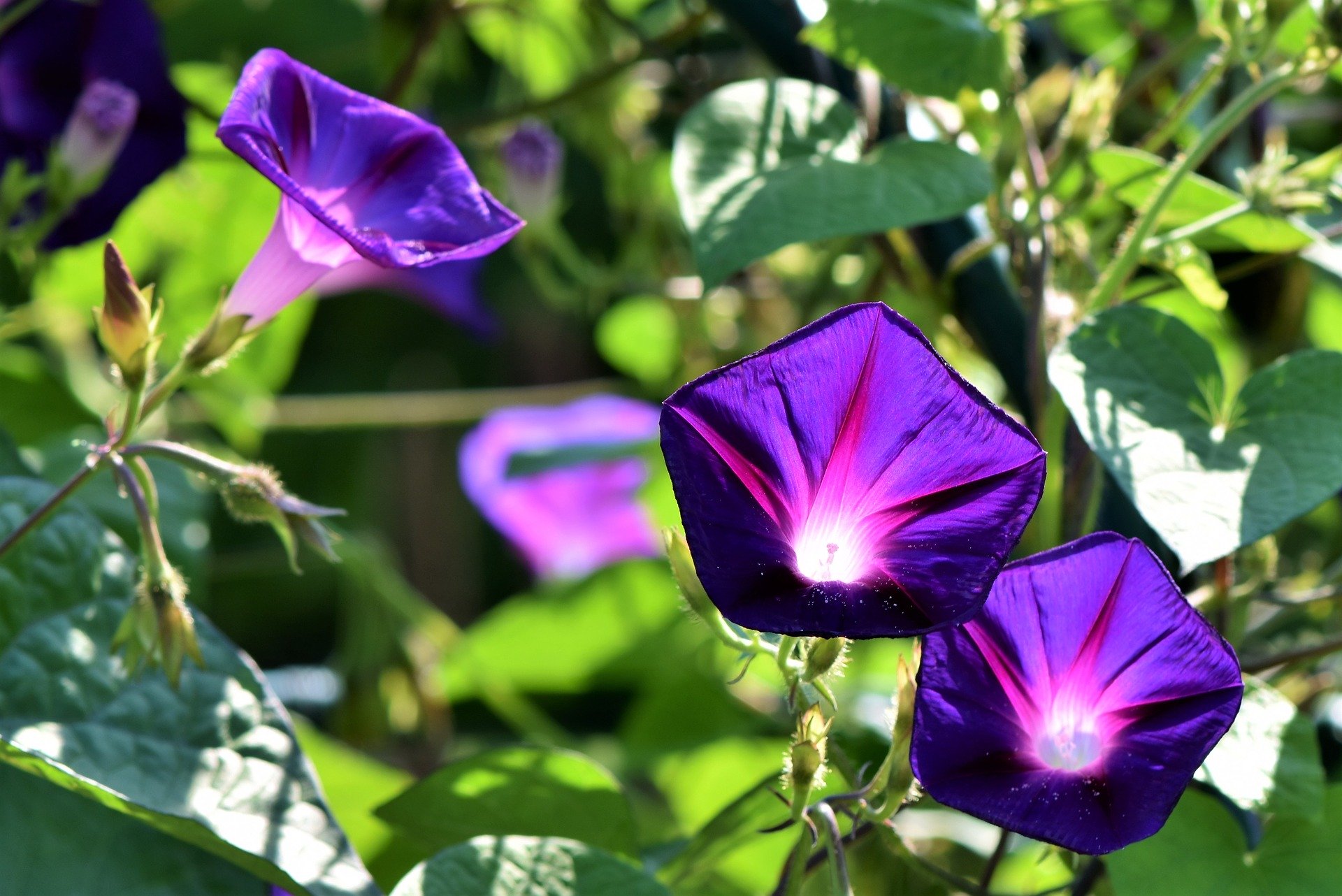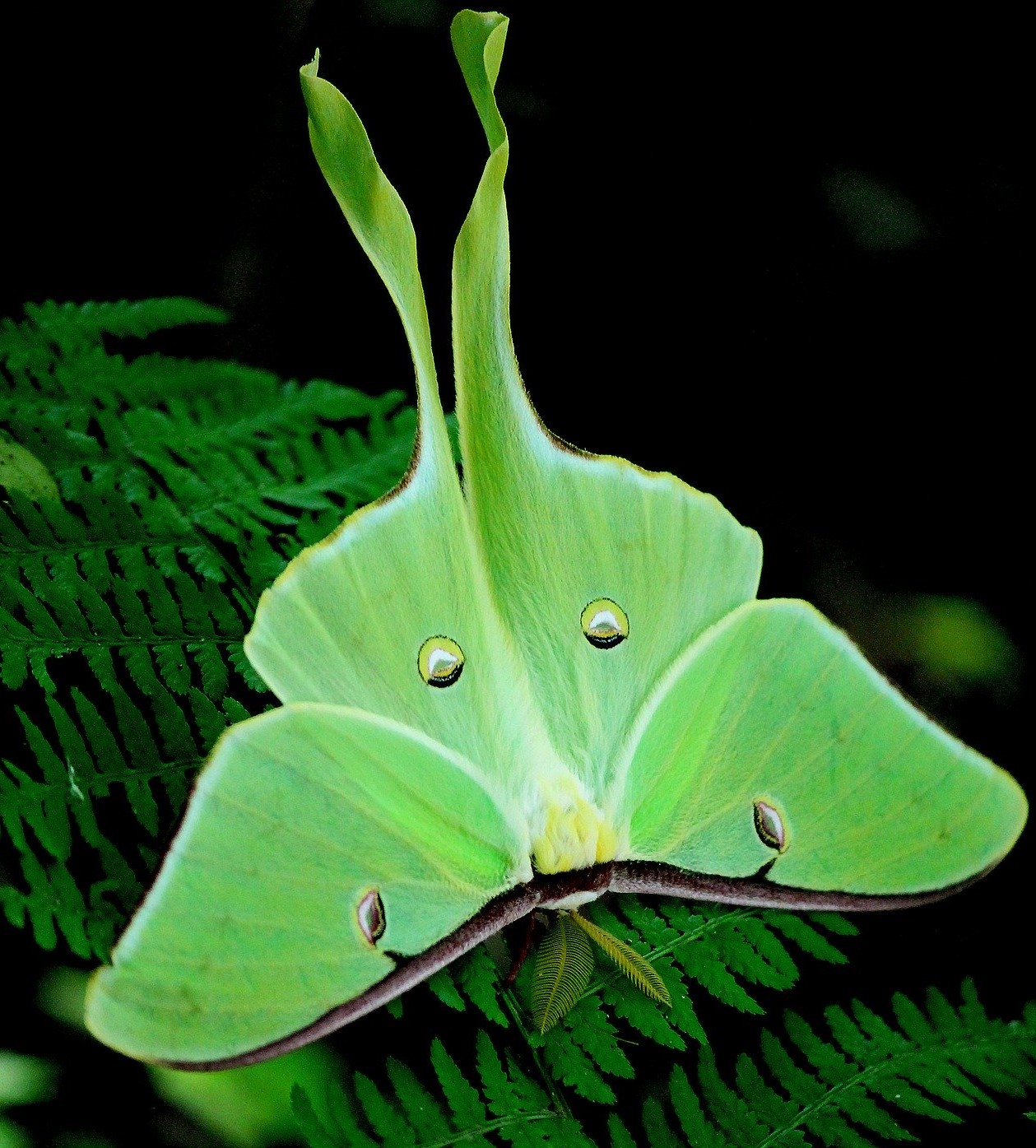Pollution
Pollution is a fact of life in the World of Acuthan. Fallout from
The Devastation and the magical actions and industrial activities of more recent times has led to an imbalance between the various forces acting on, and within, the world.
It is thought among some cosmic observers (most notably Silas Green) that Acuthan was too young and naive for her world to survive, let alone produce an Ascendant. Her naivety led her to build a world that was too perfect in its harmony, not allowing for the destructive nature of mortals that would likely severely disrupt the delicacy of the wondrous balance that she lovingly crafted. And so it has been proven.
The world is visibly displaying the trouble it is in, but there are very few who can recognise the communication it is attempting, and even fewer still who are of a mind to act on it.
Gradual changes in the colour of various plantlife and soils have largely gone unnoticed and not readily assigned to any form of pollution. Other adverse impacts such as reductions in the variety of flora, and falls in the numbers of pollinators, are just other related examples that, whilst not wholly unnoticed, have gone by with no action taken to help remedy the situation and avoid potential disaster. For the science of pollution is an embryonic one, not having evolved as an area of study given the conflicts and priorities in the world of humanoids.
Nature's Solutions
Nature could not wait for the humanoids of the world to wake up and see the dangers. Fortunately, pollution has been gradual enough that nature has had the opportunity to evolve, providing some solutions of its own. Whilst these will not prevent the impending problems that await, they have at least staved them off... but only for now.
There are a number of examples of nature's own solutions but one is noted as being particularly ingenious.
The Moth Plant
Known in its native country of Krostatia as Falenianta, the
Moth Plant used to be seen covering fields upon fields of the northern territories of this country. The plants are individually male or female, never both.
However, the double impact of the depletion of its pollinators due to pollution, and humanoid occupation of much of the land, led its numbers to fall drastically over time.
Its pollination was heavily reliant on the once common,
Green Moth. The role of this moth was vastly underestimated as it did its vital work at night - it was the daytime bee that was thought to be the main pollinator, simply because it was observed more.
The Green Moth is a very delicate creature vulnerable to changes in air pollutants but more importantly the changing landscape as human life built further into its territories.
As the number of moths dwindled, the Moth Plant devised an alternative strategy. Male plants adapted some of its leaves to take the shape of the Green Moth. Alongside this is the ability for these particular leaves to detach from the plant and 'fly' to the female plants, carrying a precious cargo of pollen. They are drawn to their destination by a scent produced by the female plants.
At first, people simply believed them to be the Green Moth, but subsequently came to recognise it as an adaptation made by the plants themselves.
How this was done, very few are able to attempt an explanation but it led to the people of Krostatia adopting the plant as its national emblem. The newly named Moth Plant is considered a wonder and is now a protected species with Reserve status set around the boundaries of where they are beginning to flourish again.
The numbers of Green Moth are now also beginning to increase.
For the people of this nation, it has come to symbolise ingenuity and determination in adversity - two values now ingrained in its psyche.
Of Magic and Change
There are more learned scholars that have researched the phenomenon of plant adaptations, including the Moth Plant. In this particular case, a few believe that somehow the plant has 'learned' a basic ability of
Tuning. It is the only explanation they can have for the apparent flight of the leaves.
This rather extraordinary hypothesis is subject to further study - if true it would be a profound discovery. At a recent meeting of the Botany Committee in
Agano, one of its members joked about the upheaval
"should plants ever become sentient". The note taker of the meetings, Silas Green, only raised an eyebrow as the other members laughed.
"Oh, the ignorance of humanoids, even here in the City of Light... And so another revolution begins".




Ohhhh, this is such a cool idea! I love the idea of the plants adapting this way in response to the declining population of green moths. Really makes me wonder if other plant life in Acuthan is capable of similar adaptations given the right circumstances!
Thank you :) There will be other examples as pollution is a feature in Acuthan and various lifeforms have adapted or mutated because of it. Hoping to include one or two in upcoming articles. Thanks again! :)